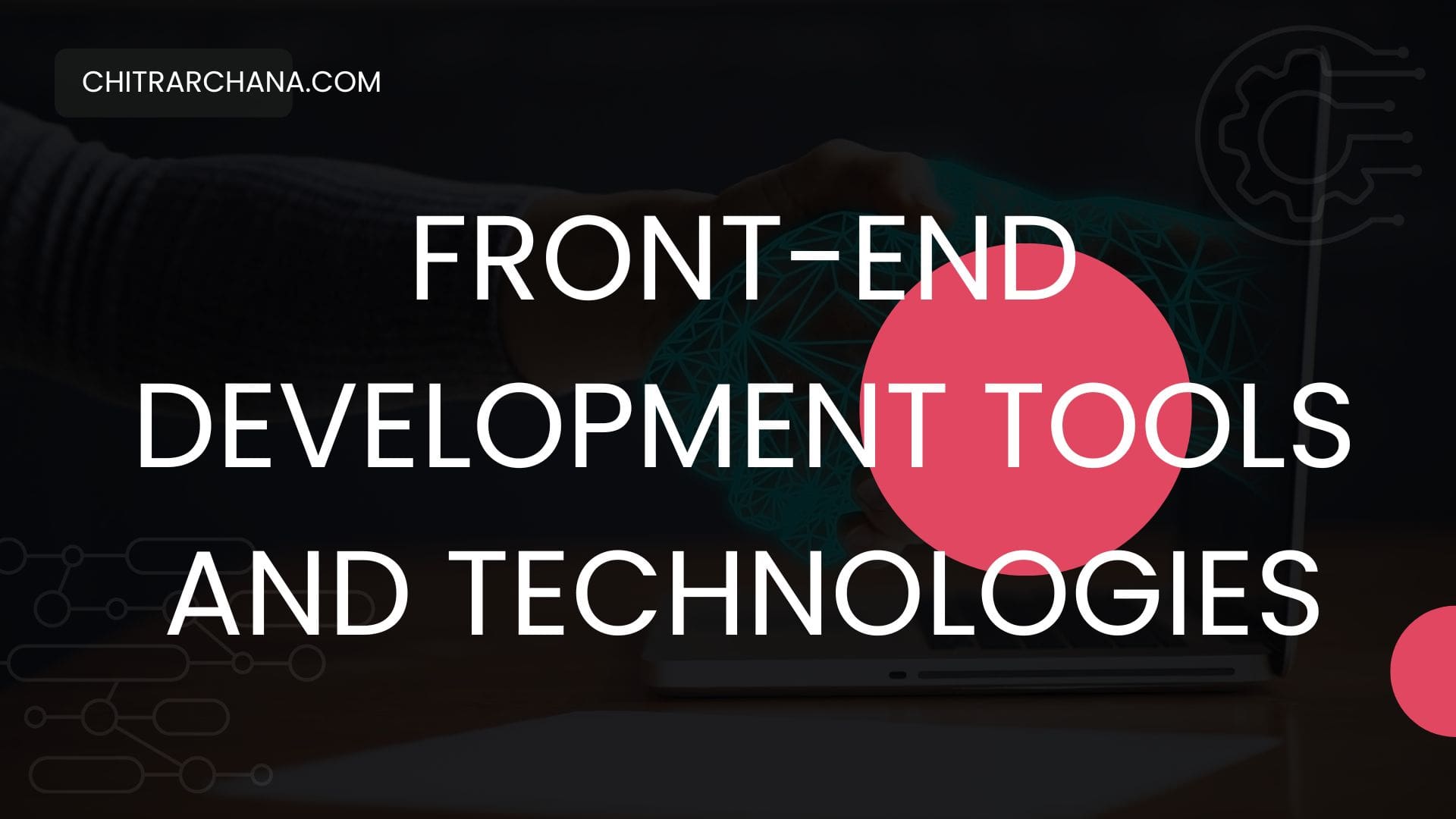
Front-end development is the process of building the user interface of a website or web application using web technologies such as HTML, CSS, and JavaScript. To create a great user experience, front-end developers use a variety of tools and technologies. In this blog post, we’ll explore some essential front-end development tools and technologies that can help you build beautiful and functional web interfaces.
HTML (Hypertext Markup Language) and CSS (Cascading Style Sheets) are the building blocks of web development. HTML provides the structure and content of web pages, while CSS is used for styling and layout. Together, they create a visual representation of the web interface that users see and interact with.
JavaScript is a programming language used for creating interactive and dynamic web interfaces. It’s used to create animations, manipulate the DOM (Document Object Model), and add interactivity to web pages.
Text editors and Integrated Development Environments (IDEs) are essential front-end development tools. They help developers write and edit code more efficiently, with features such as syntax highlighting, code completion, and code debugging.
Version control systems like Git are essential tools for managing and tracking changes to code. They allow developers to collaborate on code, revert changes, and maintain a history of code changes.
CSS preprocessors like Sass and Less are tools that extend the functionality of CSS. They allow developers to use variables, functions, and mixins to create more maintainable and scalable CSS code.
Task runners and build tools like Grunt and Gulp automate repetitive tasks in front-end development, such as compiling Sass code, compressing images, and minifying JavaScript files.
Front-end frameworks like Bootstrap, Foundation, and Materialize provide pre-built HTML, CSS, and JavaScript components that developers can use to build web interfaces more quickly and efficiently.
JavaScript libraries and frameworks like React, Angular, and Vue provide tools and functionality for building complex web interfaces. They help to create reusable components, manage state, and handle user interactions.
Browser developer tools like the Chrome DevTools and Firefox Developer Edition allow developers to inspect and debug web pages in real-time. They provide a range of features, such as DOM inspection, code profiling, and network monitoring.
Responsive design tools like Adobe XD, Sketch, and Figma help designers and developers create web interfaces that adapt to different screen sizes and devices. They provide features for designing and testing responsive layouts, typography, and imagery.
Overall, front-end development tools and technologies are constantly evolving, with new frameworks, libraries, and tools being released regularly. It’s important for front-end developers to stay up to date with the latest trends and best practices, and to continuously learn and improve their skills. By using the right tools and technologies, front-end developers can build beautiful, functional, and responsive web interfaces that provide a great user experience.
In conclusion, front-end development is a complex process that requires a range of tools and technologies. By using these essential front-end development tools and technologies, you can build beautiful, functional, and responsive web interfaces that provide a great user experience. Remember to stay up to date with the latest trends and technologies in front-end development, and continue to learn and improve your skills.